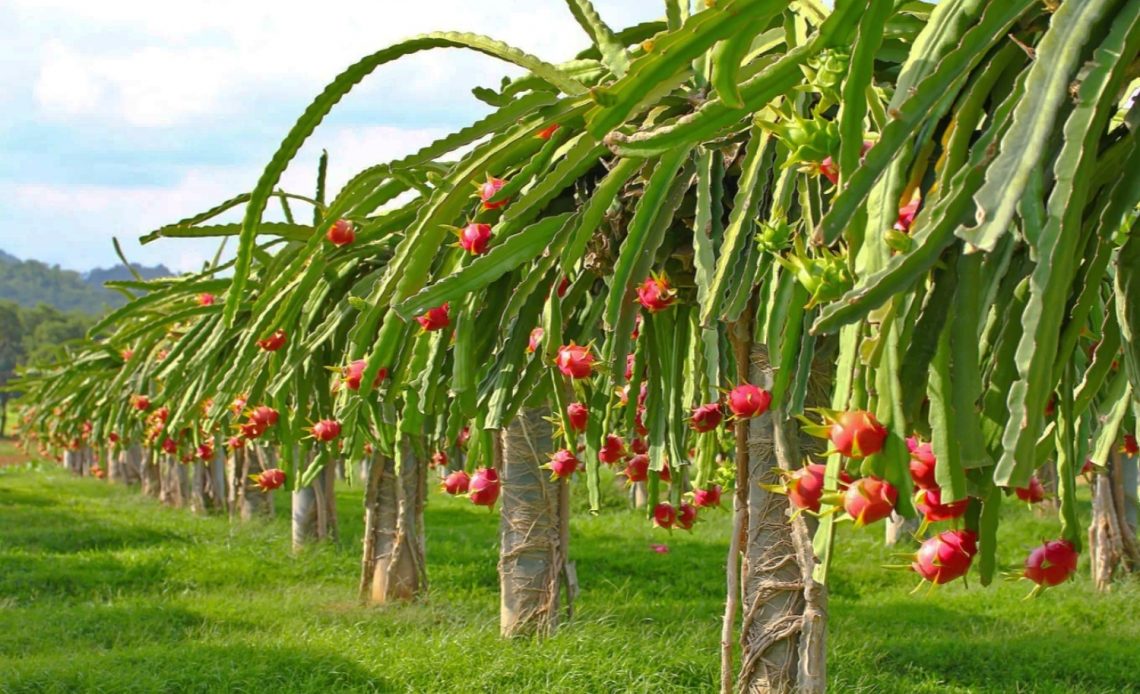

We’re here to help! Wild Yards is a completely free website that is 100% dedicated to helping you create a wildlife-friendly, sustainable yard. Read more
WildYards is reader-supported. When you buy a product through a link on our site, we may earn a comission. Every product is independently selected by our (obsessive) editors and our reviews are unbiased and objective. Read more about our mission or our privacy policy.
Dragon fruit is a refreshingly sweet treat to enjoy on a hot summer’s day. These large cacti are native to Mexico, Central, and South America, and If you live in a warm enough climate, you can keep a dragon fruit cactus of your own. But these large, sprawling plants can topple over and break when they’re not supported properly. So if you want to grow one of these plants in your backyard garden, you’ll need to build a dragon fruit trellis first.
Dragon fruit plants can be grown in the ground, but are better off in large pots if you’re growing them in small spaces. Use PVC, wooden posts, and pallets to support the weighty, plump branches of the dragon fruit plant and prevent it from falling.
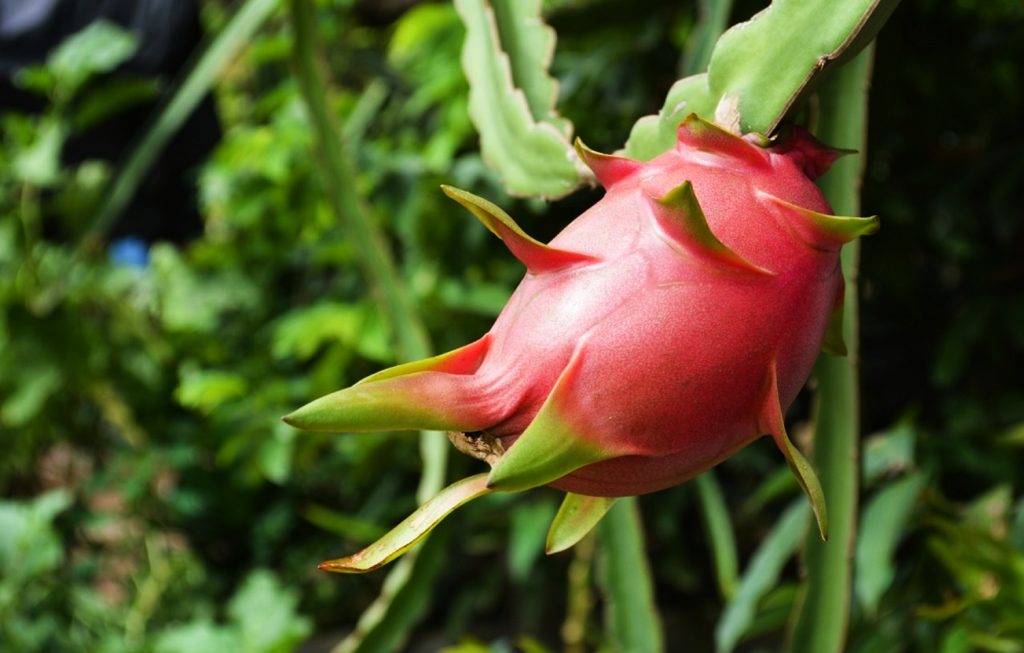
What is dragon fruit?
Also called pitaya, dragon fruit refers both to the cactus and the fruit that it bears. Dragon fruit plants are climbing and rely on trellises and other supports to keep from toppling over, as their branches can be quite heavy. Mature plants produce fragrant white flowers with yellow centers that bloom at night and are pollinated by bats and moths.
Once pollinated, the flowers begin to produce the cacti’s eponymous fruit. Dragon fruits are pear-shaped and red to bright pink, with leathery skin and distinctive spikes. Inside, dragon fruits are filled with sweet flesh that’s white in color and peppered with tiny black seeds. Dragon fruits have a similar consistency as kiwi fruits. Because the seeds are rich in highly beneficial fatty acids, dragon fruits are considered a superfood.
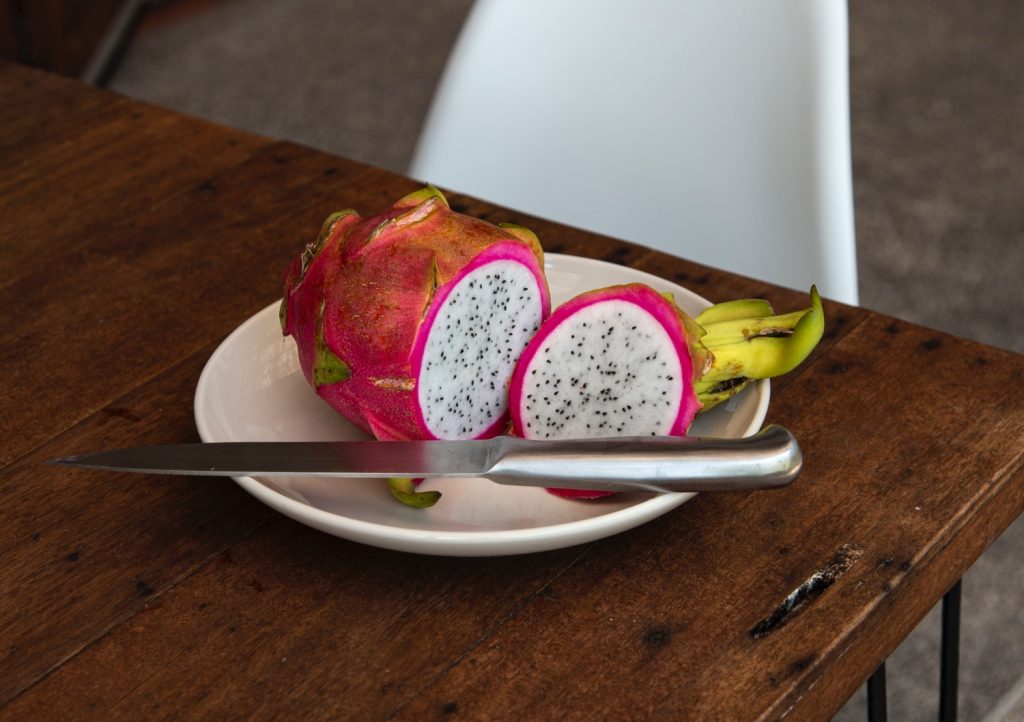
Where does dragon fruit grow?
Although dragon fruit is native to Mexico, Central, and South America, it’s also cultivated in other tropical and subtropical areas. In the United States, dragon fruit can be grown in zones 9 through 11. As a cactus, dragon fruit grows best in warm, sunny areas. So special care must be taken in regions that have light frosts annually to prevent the plants from getting too cold.
Dragon fruits grow best in temperatures ranging from 65 to 80 degrees. And although they don’t grow well in cooler weather, they don’t like to stay too hot, either. If you live in a temperate clime, your dragon fruit plant will grow best when situated in full sun. But if your region regularly sees temperatures in the hundreds, you’re better off keeping your dragon fruit in a spot where it will receive afternoon shade.
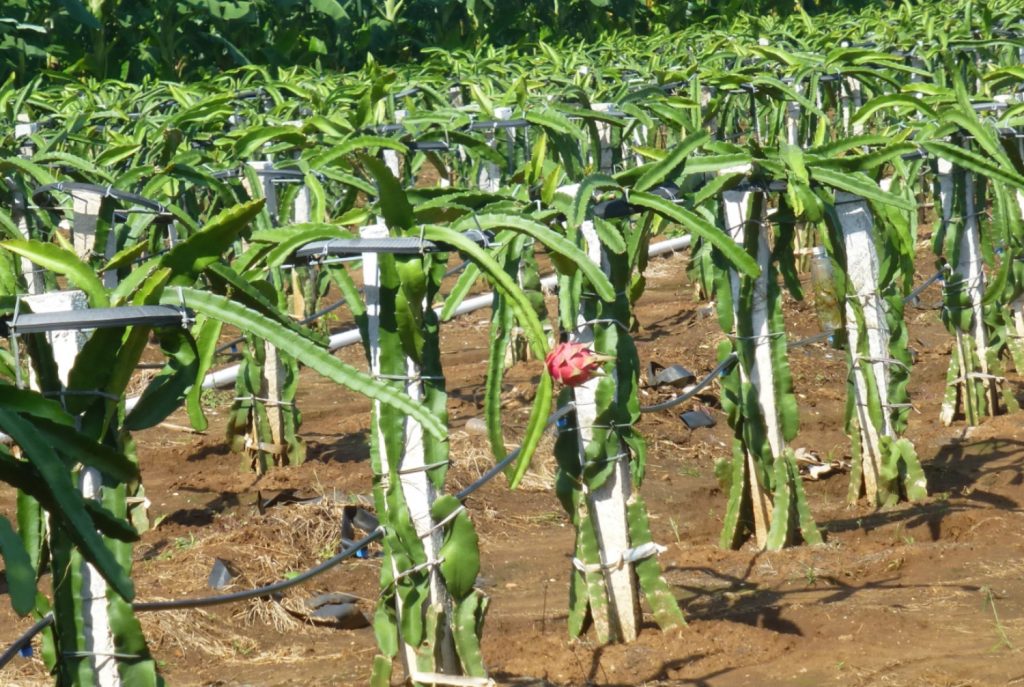
What are dragon fruit’s growing requirements?
Dragon fruit is highly adaptable when it comes to soil pH. However, it does like to be planted in soil that is rich in organic matter and that stays moist, but also drains well. A layer of mulch 2 to 4 inches thick can be applied to the base of the plant to help the soil stay hydrated.
Even though dragon fruit is somewhat drought-tolerant, it won’t produce much fruit if it isn’t watered regularly after the blooming period in early summer. Be sure to check the soil daily and give the plant a deep soaking watering with a garden hose whenever the ground feels dry and powdery. As with other plants, it’s best to water dragon fruit in the morning so the sun can evaporate the excess moisture.
In addition to regular watering, dragon fruit plants benefit from annual feeding. Apply a balanced fertilizer, like 10-10-10 or 16-16-16 every third month to plants that are between 1 and 3 years old. Fertilize older plants 3 or 4 times a year.
Should you grow your dragon fruit in pots or in the ground?
Dragon fruit plants aren’t too picky about where they grow, as long as their water, soil, and light requirements are being met. So whether you should plant your dragon fruit cactus in a pot or directly in the ground comes down to your garden’s unique needs.
If you have plenty of space to work with and nutrient-dense soil that stays wet but still drains well, then it’s best to put your dragon fruit in the ground. But if you have a small backyard with soil that stays too wet or too dry, you’re better off keeping your dragon fruit in a large pot filled with commercial potting soil. Growing your dragon fruit plant in a pot also enables you to move it around to get more or less sun, or simply to rearrange your backyard.
Choose pots that are roughly 24 inches in diameter and around 12 inches deep. Even though dragon fruit plants can grow quite tall (some mature plants measure 25 feet long), they have relatively shallow root systems. Be sure to drill a few drainage holes in the bottoms of the pots to allow excess water to escape.
How to build a dragon fruit trellis
Dragon fruit cacti are climbing plants that rely on surrounding structures to grow. A trellis is essential to help the plant stay upright. It also promotes air circulation by keeping the plant and its fruits off of the ground, where moisture and pathogens may accumulate, leading to rot and diseases. So once you get your dragon fruit plant where you want it, be sure to provide it with a trellis so it can grow well.
Use PVC pipe to build a cage trellis
Cut four pieces of 4-inch PVC pipe 6 feet in length. Arrange the pieces around the plant to create a square, then use a hammer to tap the PVC pieces into the soil at a depth of 2 feet. Once they’re in place, measure up from the soil 4-inches, and use twine to join the poles together, wrapping the twine around one pole, and then the next, tying it off on the pole you started from.
Continue joining the PVC pipes with twine up the poles at 8 to 12 inches intervals. Be sure to pull the twine tight enough that there isn’t any slack, but not so tight that the PVC poles are pulled together at the top, like tent poles. When you’re done, your PVC dragon fruit trellis should look symmetrical and be sturdy enough to support the weight of the plant.
Construct a wooden ladder trellis
Take a 6-foot 4” X 4” wood post and set it 2 feet deep. If your dragon fruit plant is growing in the ground, consider using concrete to set the pole to provide additional stability. If you plan on setting the post in a pot, you’ll need to fasten wooden blocks to the bottom to anchor the post in the loose soil.
With the post set, measure up from the ground 6 inches and attach an 18-inch section of 2” X 4” to create a T-shape. Once the board is secured, measure up from the top 12-inches and add another board, and so on, until you reach the end of the post. This incredibly simple single-pole trellis provides your dragon fruit plant with a ladder to latch onto as it matures.
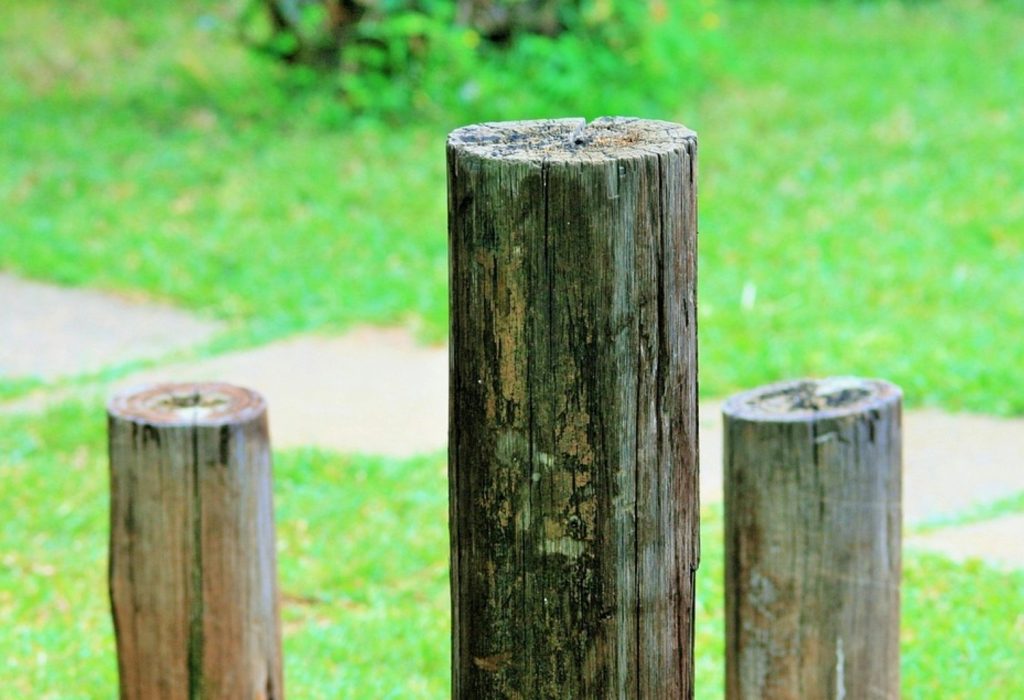
Build a wooden single-pole trellis
For this trellis, you’ll also need a 6-foot 4” X 4” post. But instead of attaching rungs to one side of the post for the dragon fruit to grab, you’ll be building a rectangular framework to screw into the top.
Take a 12-foot 2” X 4” and cut 2 blocks at 24-inches in length, and 3 blocks at 22-inches in length. Setting the pieces on a level surface, like a concrete driveway or a work table, use the two 24-inch pieces to form the long sides of the rectangle and two 22-inch blocks to form the short sides. Use screws to attach them and form a rectangular box.
Next, center the remaining 22-inch block over the top of the post and screw it in. Once that’s done, fit the rectangular box over the top of the central support and screw it into place. You can now set the post, or attach boards to the bottom to keep it stable if your dragon fruit is growing in a pot.
Secure old tires to posts and PVC pipes
An old tire, like one from a bike or garden cart, secured to the top of a wooden post or PVC pipe makes a great trellis for dragon fruit. Metal tires can last a long time out in the weather, and they’re strong enough to support dragon fruit branches. Simply secure the length of the dragon fruit plant to the post, poke the branches through the spokes, and drape them over the side of the tire. It’s that simple!
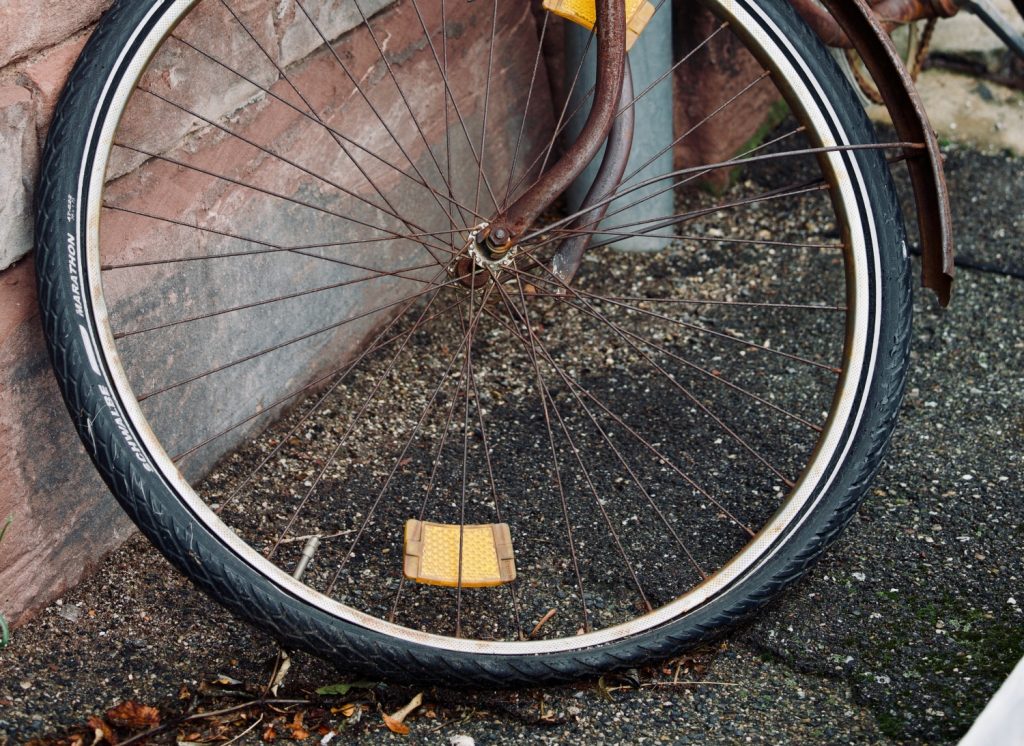
Upcycle old wooden pallets
You can use a wooden pallet to create a makeshift fence trellis. This works well if you don’t have a fence to drape the dragon fruit’s branches over. But it’s also a great way to spare existing fencing because having to support the weight of a plant can shorten a fence’s lifespan.
Simply take a wooden pallet and situate it near your dragon fruit, getting 2 to 4 inches away from the base of the plant. Hold the pallet horizontally and perpendicular to the ground, as if you were holding a section of fencing panel upright.
Next, drive two t-posts, one on each end of the pallet, on the opposite side of the dragon fruit plant. Use metal wire, like welding wire, to secure the pallet to the posts. Pallet trellises work best for dragon fruit plants that are growing in the ground.
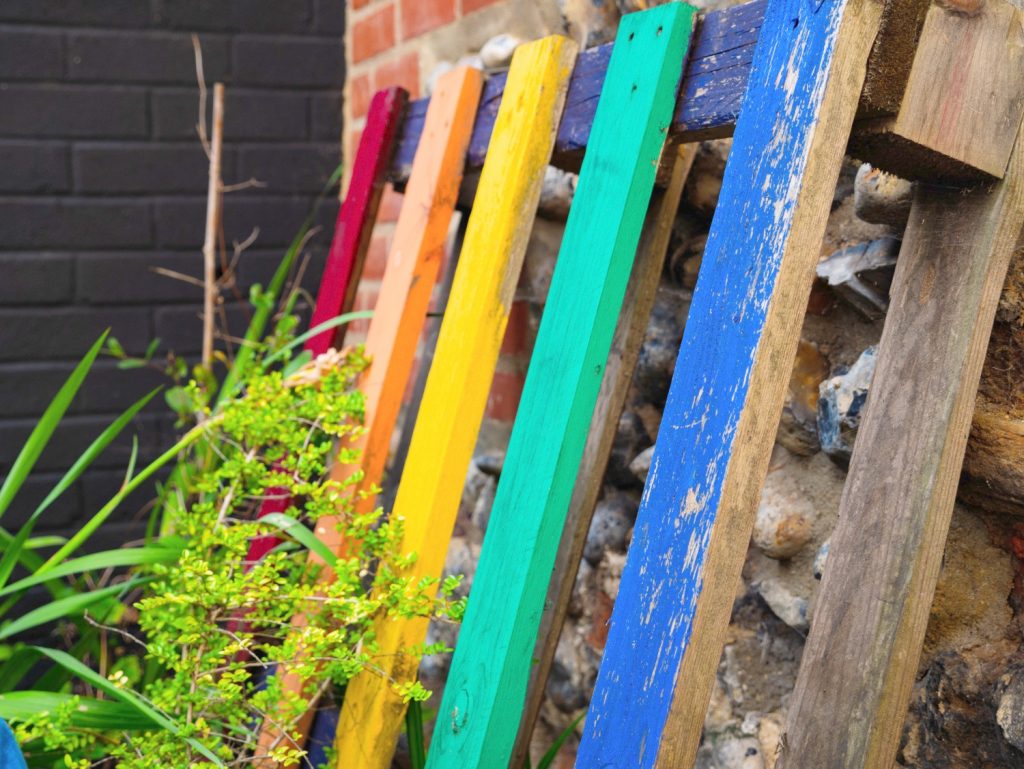
Use trees as living posts
Because they rely on outside structures to grow, dragon fruit cacti in the wild will climb up nearby trees. This means you can use trees that share similar soil requirements to help prop up your dragon fruit plants.
Pawpaw and monkey pod trees work well as living trellises for dragon fruit plants, as these trees share the same soil, water, and light preferences. Ideally, you should plant the trees first and give them a season to become well-established before placing a dragon fruit plant nearby. For this method, you can grow the dragon fruit either in the ground or in a pot, but the tree must be in the ground.
One thing to keep in mind when using trees as posts for your dragon fruit: the two plants will compete for nutrients. And because the soil’s vitamin and mineral levels will become depleted more quickly, you’ll need to amend it regularly with homemade compost or commercial fertilizers to keep both plants happy.
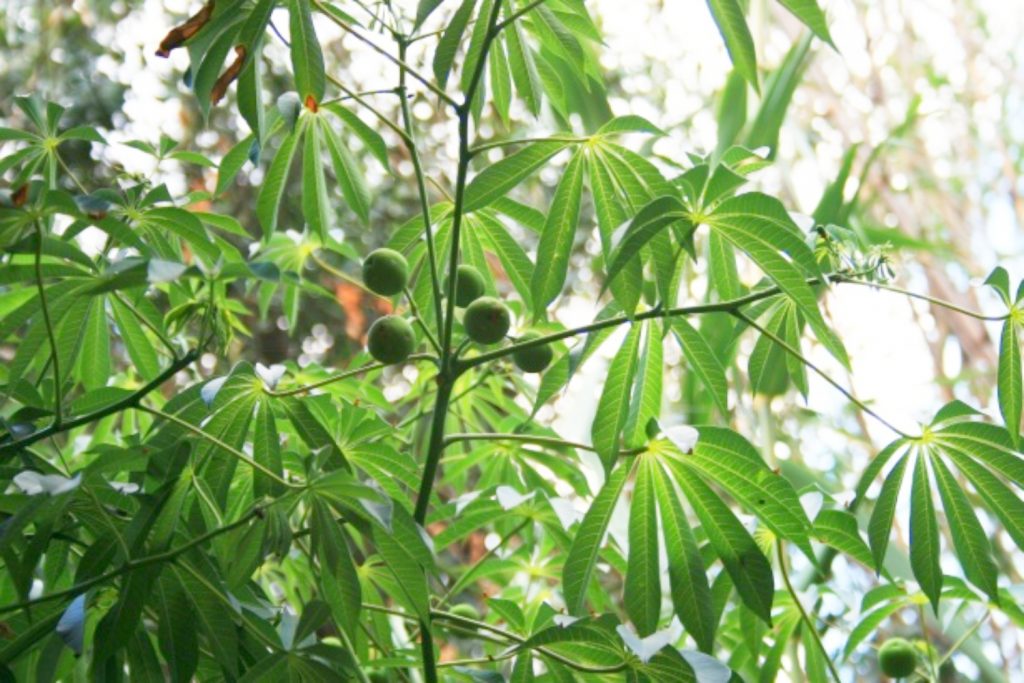
How should you secure the dragon fruit plant to the trellis?
You can use a variety of things to secure your dragon fruit plants to their new trellises. Garden twine, hay string, and tie wraps all work well. These softer materials won’t cut into the cacti’s flesh, however, they will wear out over time, so you’ll have to keep tabs on them and replace them when necessary.
You can also use welding wire to secure the cacti, which will last indefinitely. Be sure to tie the dragon fruit branches tightly enough that they stay upright, but not too tightly, otherwise the wire could damage the branches.
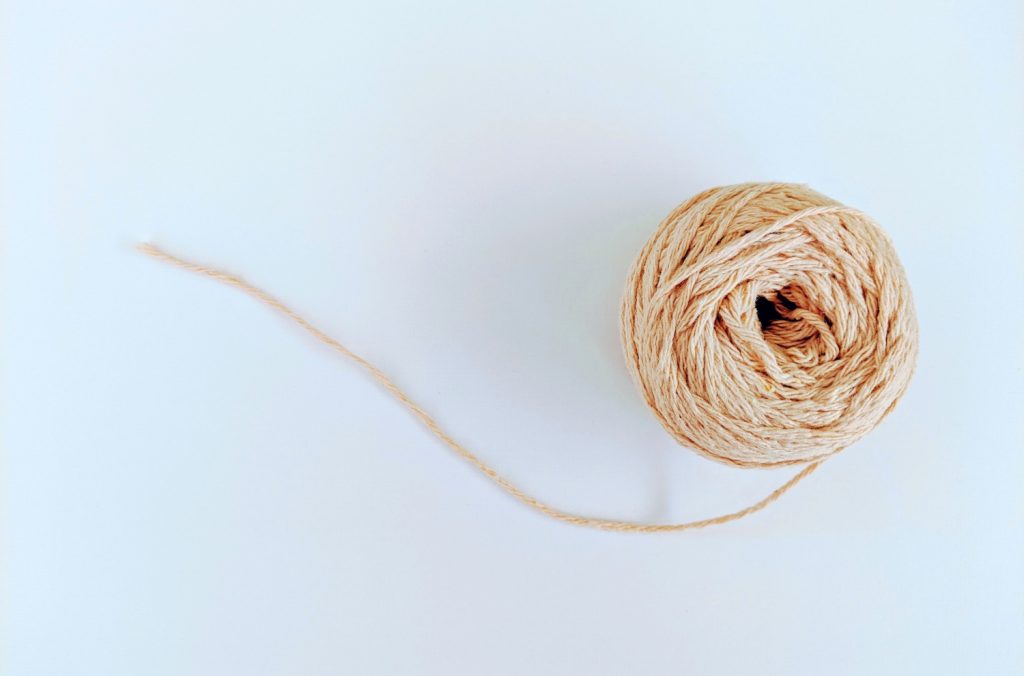
How can you maximize dragon fruit production?
Because dragon fruit flowers bloom overnight, this leaves only a small window for insects and bats to pollinate them. To ensure you get the best crop of dragon fruits possible, consider hand-pollinating the plants. Use your fingers to collect pollen from the anthers of male flowers, and transfer it to the stigma of neighboring female flowers.
Dragon fruit flowers are usually open from 8 P.M. to 8 A.M, often dying back by 10 A.M. You can collect pollen from the male flowers in the late evening and store it in a jar in the fridge, then dust female flowers with the pollen in the early morning hours before they wilt. Though this technique is a bit more laborious, many dragon fruit growers find it to be highly effective.
Of course, the best way to encourage fruit production is to provide your dragon fruit plants with all of the things they need to grow — plenty of sunlight, well-drained soil that’s packed with organic materials to help it stay moist, and a sturdy homemade trellis to latch onto to keep the branches and fruits up off the ground where they can grow their best.
